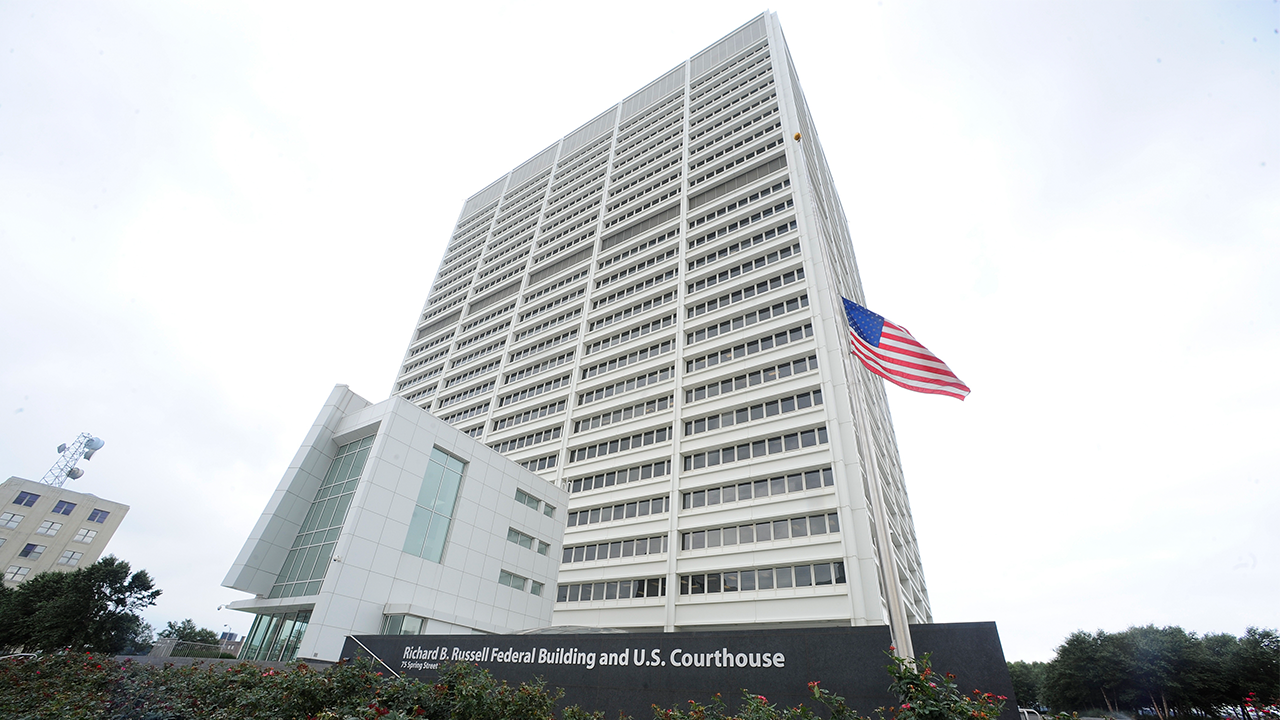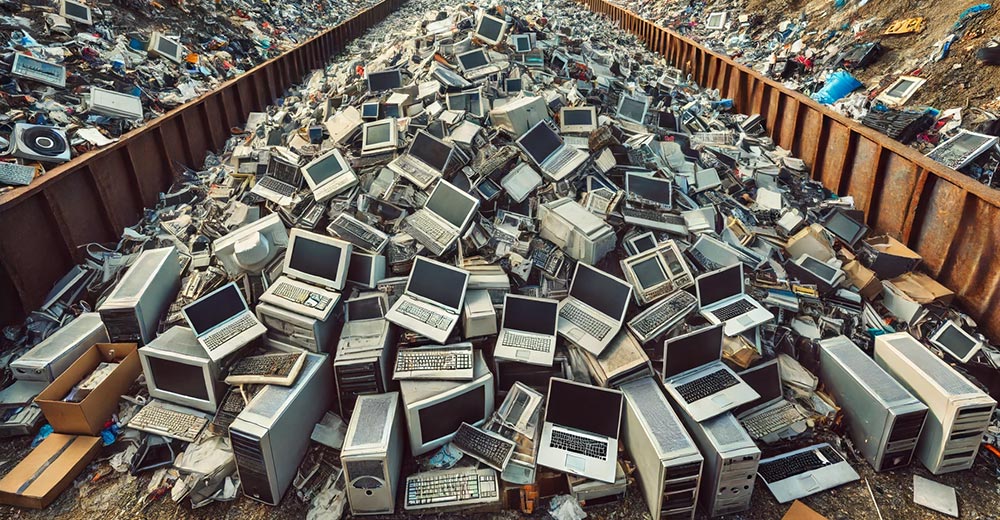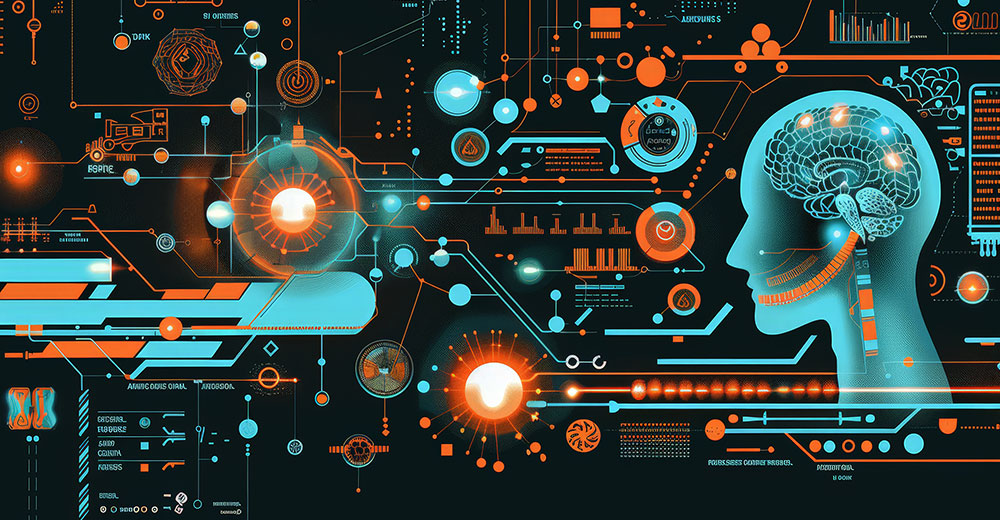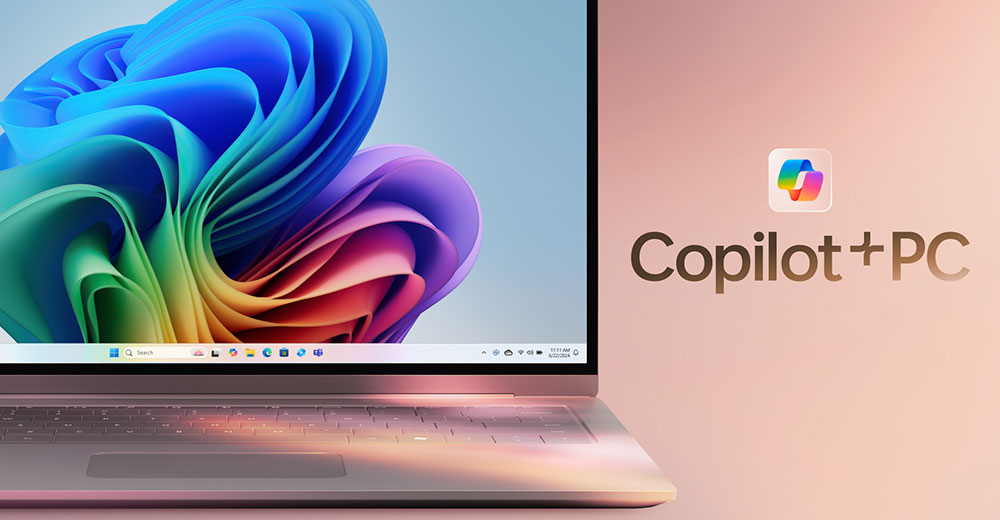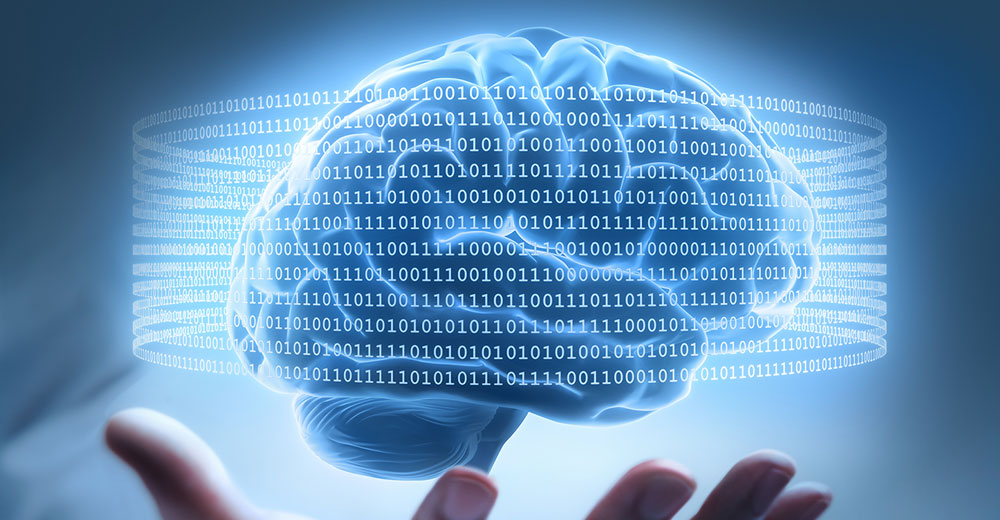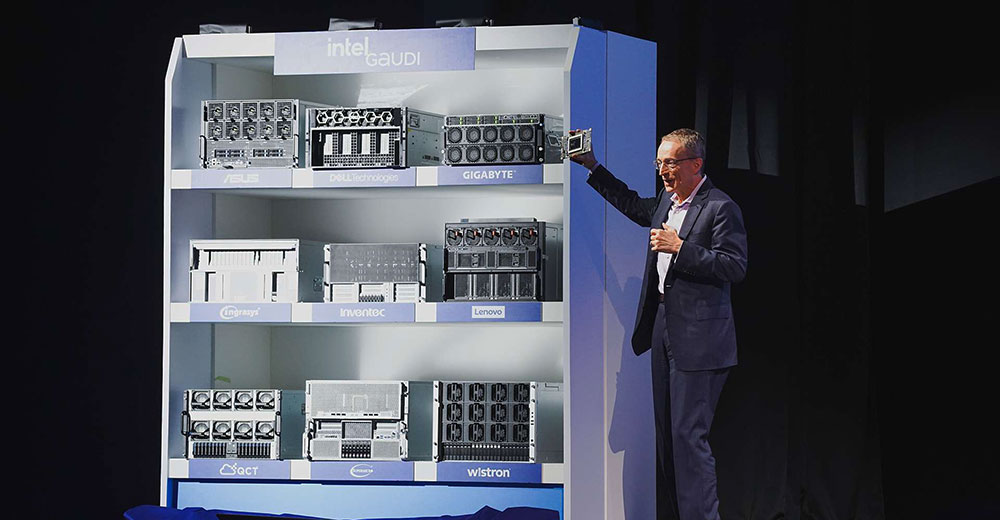Microsoft aims to boost the PC market with artificial intelligence and Windows 11, but a collateral consequence of those moves could be an early trip to a landfill for many computers.
“Windows 11 itself does not directly contribute to e-waste,” said Kieren Jessop, an analyst with Canalys, a global market research company. “However, due to its hardware requirements, it can indirectly increase e-waste,” he told TechNewsWorld. “A significant share of the global installed base is unable to upgrade to Win11 because of the TPM 2.0 chip, which contributes to Win11’s security.”
He noted that Canalys estimates approximately 20% of the global Windows installed base can’t upgrade its over 200 million devices.
Most of those devices run Windows 10, which Microsoft will stop supporting in October 2025. “Those devices don’t become obsolete after Win10’s end of support,” Jessop observed. “And consumers are partially unbothered about running an obsolete Windows version. However, for businesses with older PCs, the Win10 EoS will drive many to purchase new devices.”
240M PCs Headed to the Dump
Jessop and fellow analyst Ben Caddy released a report in December that estimated about a fifth of the world’s Windows 10 devices — some 240 million PCs — will become e-waste by the time Microsoft ends support for Windows 10.
Most of these 240 million PCs, if in good condition, could at least be recycled. However, the report noted that their incompatibility with the latest supported version of Windows massively reduces their value for refurbishing and reselling.
Many of the 240 million PCs will still be usable for years to come, but demand for devices no longer supported by Microsoft will be minimal — even companies with the tightest of IT budgets will be deterred by the lack of free and continued security updates, it added.
“Organizations with fleets of perfectly viable Windows 10 PCs will be driven to prematurely retire their devices once the OS vendor drops support — especially continued security updates — for their devices,” Caddy told TechNewsWorld.
Although Microsoft is offering an Extended Security Updates program for three years after the Win10 end-of-service date, Caddy said the high price tag makes extending the life of Win10 PCs even more unappealing.
The price for the first year of updates is US$61 per Windows 10 device. It goes up to $122 for the second year and $244 for year three.
Bonanza for Landfills
“Companies prefer having their devices always provided with the latest security updates and features, so even if operational, older hardware is considered obsolete,” said Jacob Kalvo, co-founder and CEO of Live Proxies, a proxy solutions provider based in Studio City, Calif.
He explained that Microsoft significantly increased the hardware requirements for Windows 11 over Windows 10. “That means a large number of PCs capable of running every daily application but failing on Windows 11 specifications are at risk of being dumped,” he told TechNewsWorld.
The end of Win10 support will not only be a bonanza for landfills. “Because of the significant demand during Covid, many business’ PC fleets are due for a refresh,” Jessop explained.
That, coupled with the end of support for Windows 10, will drive PC sales in the coming months. “A Canalys survey of channel partners found that 73% of partners expect the Win10 EoS to impact their customers’ refresh plans in the next 12 months,” Jessop said.
Even if Microsoft weren’t ending Win10 support, the rise of artificial intelligence is making Win10 hardware obsolete. “If AI-driven applications and features become the norm, then older PCs will not be able to run them efficiently,” Kalvo said.
That will be increasingly the case as more AI functionality moves from the cloud to the device. “The ability for AI PCs to do on-device inferencing provides several advantages, including lower cost per query, reduced latency, unlimited personalization, improved availability — no internet connection required — and enhanced privacy and security,” Jessop noted.
He added that AI inferencing can be 75% more cost-effective when performed on-prem compared to the cloud and that 83% of enterprise CIOs anticipate repatriating workloads from the public cloud this year for AI purposes.
Cascading PCs
However, Russ Ernst, CTO of Blancco Technology Group, a global company that specializes in data erasure and mobile device diagnostics, maintained that companies are trying to get more mileage out of their old hardware, not less.
“There’s a push right now in the corporate enterprise to keep machines for longer,” he told TechNewsWorld. “There’s a drive to move away from a strict three-year lifecycle and hold on to machines for four, five years or longer. Some OEMs, like HP, are starting to think of a seven-year lifecycle. That’s incredibly long.”
“Traditionally, if you had a three-year lifespan on a machine, that’s all you looked at,” he continued. “Now organizations are going to be challenged to look at system requirements beyond time.”
One way to extend the life of hardware is through “cascading,” which requires knowledge of the computing demands of the various units in the business. “I can’t cascade a machine from marketing to engineering. The system requirements are incompatible,” he said. “But I can cascade a machine from engineering to marketing.”
Sustainability Lesson
The scale of the e-waste produced by the end of support for Windows 10 highlights the role of device vendors and OS vendors alike in maximizing products’ usable lifespans, the Canalys report noted.
To facilitate the circular economy, it added, OEMs must embed durability, repairability and recyclability into the design of their devices — and OS vendors must ensure these devices are usable and secure for as long as possible.
“While vendors have a role in reducing e-waste, the responsibility is shared among manufacturers, consumers, and policymakers,” Jessop said. “Vendors can contribute by designing products for longevity, offering repair services, and providing software updates for extended periods. However, consumers also play a crucial role in making informed purchase decisions and properly disposing of devices.”
“AI PCs have prompted many vendors to have multi-pronged marketing campaigns that focus on AI, but also the sustainability of their new hardware,” he noted.
Caddy pointed out that the lifespan of devices is subject to the buying and replacing cycles of consumers, as well as organizations’ own IT procurement cycles. “But,” he said, “PC vendors have the responsibility of ensuring devices function effectively for as long as possible. This involves designing devices to be durable, easy to disassemble, and repair on the hardware side.”
“However,” he continued, “the lifespan of a device is also heavily influenced by the actions of OS vendors such as Microsoft and Apple. The end of support for an operating system can force robust, repairable, and functioning devices to be prematurely retired, often owing to the security concerns of using an outdated OS.”
